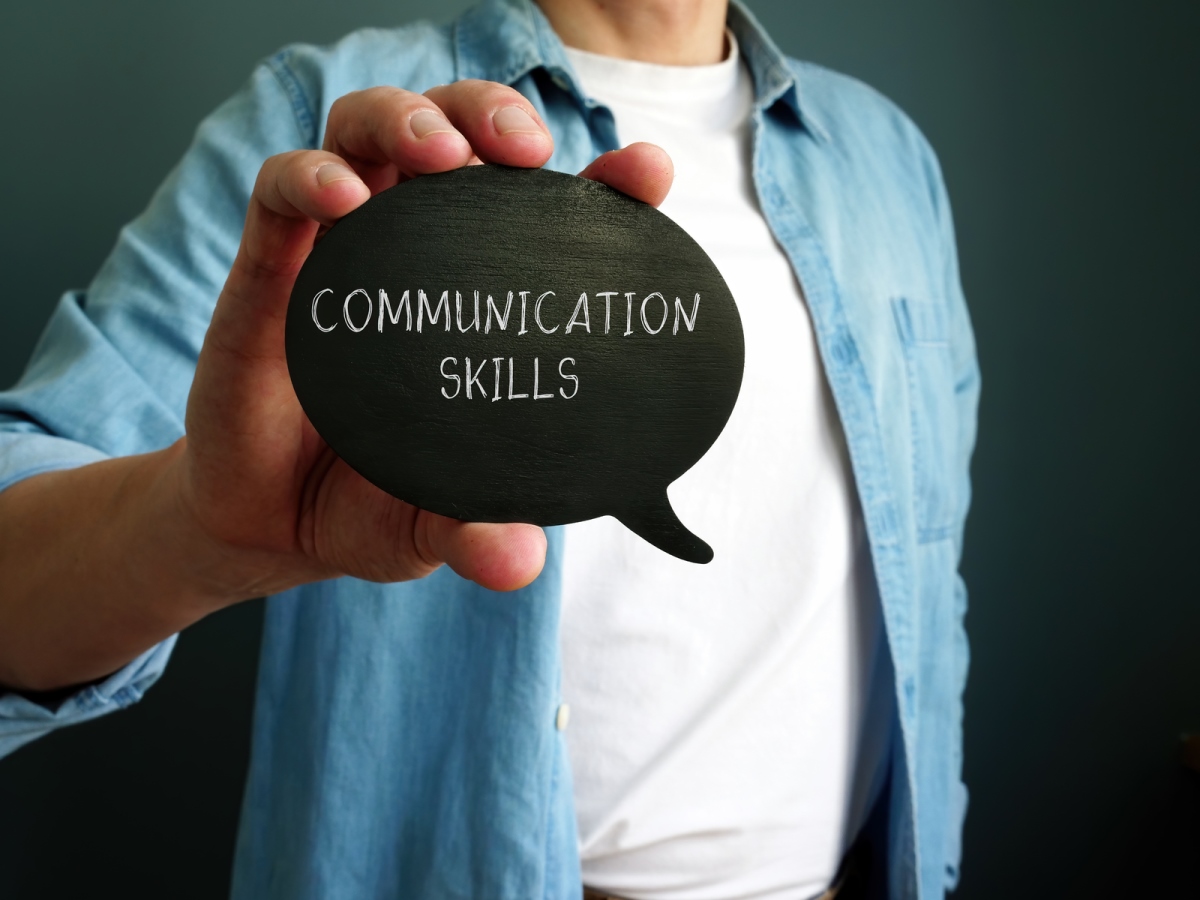Building leadership skills for executives involves engaging in activities that challenge and develop critical thinking, decision-making, communication, and team-building abilities. Here are some of the best activities to build leadership skills, with a description of each activity, the scenario in which it’s used, the skills it develops, and how to effectively implement it:
1. Leadership Retreats:
- Description: A leadership retreat is an off-site meeting for executives to step away from their daily routines and focus on strategic planning, team building, and personal development.
- Scenario: Used annually or bi-annually for executive teams to align on vision, strategy, and goals.
- Skills: Strategic thinking, communication, collaboration.
- How to Use: Plan a retreat with a mix of professional development workshops, guest speakers, and team-building activities. Ensure time is also allocated for relaxation and informal networking.
2. Executive Coaching:
- Description: One-on-one sessions with an experienced coach who provides personalized guidance and feedback to improve leadership effectiveness.
- Scenario: Ideal for new executives or those facing specific challenges like managing change, conflict resolution, or stepping into a larger leadership role.
- Skills: Self-awareness, decision-making, interpersonal communication.
- How to Use: Pair executives with a certified coach who fits their industry and personal development needs. Encourage regular sessions and the setting of clear, measurable goals.
3. 360-Degree Feedback:
- Description: A comprehensive feedback system where executives receive anonymous feedback from their peers, subordinates, and superiors.
- Scenario: Used periodically to provide executives with insight into how their leadership is perceived across the organization.
- Skills: Self-awareness, empathy, communication.
- How to Use: Implement a structured 360-degree feedback process with clear guidelines. Provide support to help executives understand and act on the feedback.
4. Mentorship Programs:
- Description: Pairing less experienced executives with more seasoned leaders for guidance, support, and knowledge sharing.
- Scenario: Useful for newly promoted executives or those taking on new responsibilities.
- Skills: Strategic thinking, networking, knowledge transfer.
- How to Use: Create a formal mentorship program with regular check-ins and specific objectives. Encourage mentors and mentees to set joint goals.
5. Role-Playing and Simulation:
- Description: Executives are placed in simulated scenarios that mimic real-world challenges, requiring them to make decisions and see the consequences of their actions.
- Scenario: Ideal for training on specific issues like crisis management, negotiation, or ethical decision-making.
- Skills: Problem-solving, decision-making, adaptability.
- How to Use: Develop scenarios relevant to your industry and company. After the simulation, debrief participants to discuss learnings and alternative strategies.
6. Strategic Project Leadership:
- Description: Leading a cross-functional team on a high-impact project that’s critical to the company’s success.
- Scenario: When a company is launching a new product, entering a new market, or undergoing significant changes.
- Skills: Project management, team leadership, strategic planning.
- How to Use: Assign executives to lead projects that stretch their abilities. Provide resources and guidance but allow them autonomy to make decisions.
7. Volunteering and Community Leadership:
- Description: Leading or participating in community service projects or nonprofit boards.
- Scenario: As part of a corporate social responsibility initiative or personal development.
- Skills: Empathy, public relations, team building.
- How to Use: Encourage or facilitate opportunities for executives to take leadership roles in community projects or nonprofit organizations.
8. Innovation Labs:
- Description: A space or program dedicated to fostering innovation within the company, where executives can work on new ideas.
- Scenario: When the company is seeking to develop new products, services, or processes.
- Skills: Creativity, risk-taking, problem-solving.
- How to Use: Provide resources and support for executives to experiment with new ideas in a low-risk environment. Celebrate both successes and learning experiences.
9. Professional Development Workshops:
- Description: Workshops or seminars focused on specific leadership topics such as emotional intelligence, conflict resolution, or change management.
- Scenario: Ideal for ongoing education and when new leadership theories or practices emerge.
- Skills: Subject-specific skills, lifelong learning, adaptability.
- How to Use: Host regular workshops led by experts in the field. Encourage or require executives to attend and then apply what they’ve learned in their roles.
10. Peer Learning Groups:
- Description: Small groups of executives who meet regularly to discuss challenges, share experiences, and provide mutual support.
- Scenario: Useful for fostering a culture of continuous learning and collaboration among leaders.
- Skills: Peer coaching, networking, problem-solving.
- How to Use: Facilitate the formation of peer learning groups and provide a structure for their meetings. Encourage groups to set their agendas based on current challenges and interests.
11. Case Study Analysis:
- Description: Reviewing and discussing real-world business cases to analyze decisions, outcomes, and alternative strategies.
- Scenario: As part of a structured learning program or regular leadership meetings.
- Skills: Critical thinking, strategic analysis, decision-making.
- How to Use: Select relevant case studies from your industry or others. Guide discussions to draw out lessons and encourage application to your organization’s context.
12. Leadership Book Clubs:
- Description: Groups that read and discuss leadership-focused books to glean insights and apply them to their roles.
- Scenario: To encourage continuous learning and reflection on leadership practices.
- Skills: Reflection, critical thinking, knowledge acquisition.
- How to Use: Organize regular meetings to discuss a pre-selected book. Encourage participants to lead discussions and share how the book’s content can be applied practically.
13. Cross-Functional Team Projects:
- Description: Assigning leaders to head projects that involve members from various departments of the organization.
- Scenario: When the company is looking to increase collaboration between departments or tackle complex, organization-wide issues.
- Skills: Cross-functional leadership, collaboration, communication.
- How to Use: Identify opportunities for cross-departmental initiatives and assign leaders to manage these projects. Ensure they have the authority and resources needed to succeed.
14. Executive Reflection Journals:
- Description: Personal journals where executives record their reflections on their leadership experiences, challenges, and growth.
- Scenario: As a regular practice to encourage self-reflection and personal growth.
- Skills: Self-awareness, reflection, personal development.
- How to Use: Provide executives with journals and suggest regular times for reflection. Encourage them to review their entries periodically to assess growth and set new goals.
15. International Assignment or Global Training:
- Description: Opportunities to work in or learn about different cultural contexts and business environments.
- Scenario: For companies with a global presence or those looking to expand internationally.
- Skills: Cultural intelligence, adaptability, global strategy.
- How to Use: Offer assignments in different countries or facilitate global leadership training programs. Support executives with resources to understand and adapt to different cultures.
16. Public Speaking and Media Training:
- Description: Training to develop effective communication skills for various audiences, including the media, public events, and internal meetings.
- Scenario: For executives who represent the company publicly or who need to communicate more effectively within the organization.
- Skills: Public speaking, media relations, persuasive communication.
- How to Use: Provide training sessions with professional communication coaches. Offer opportunities to practice in safe environments before going live.
Each of these activities can be tailored to the specific needs and culture of the organization. The key is to provide ongoing opportunities for growth and reflection, ensuring that executives are not only developing their leadership skills but are also aligned with the company’s strategic objectives and values.


















